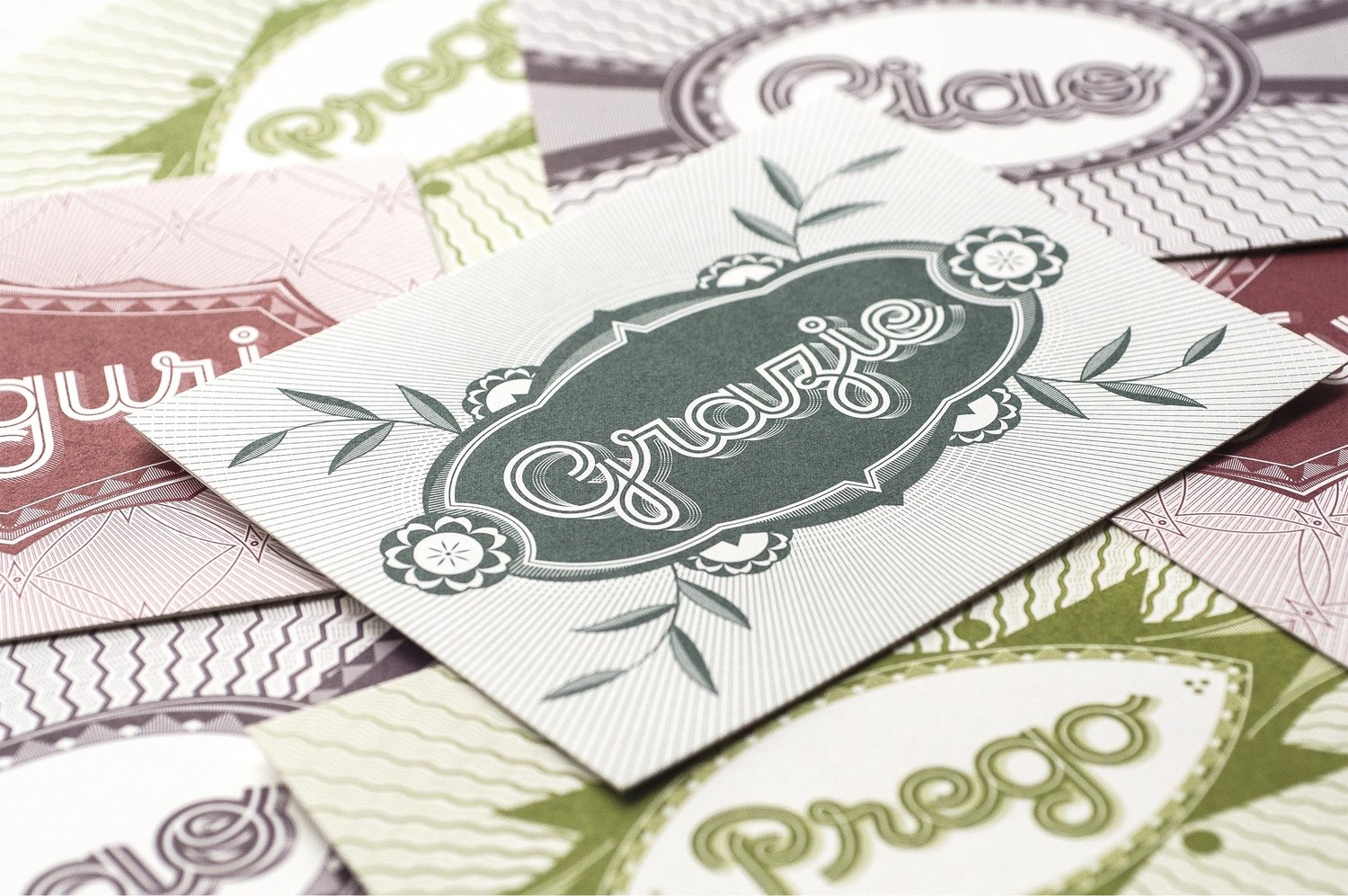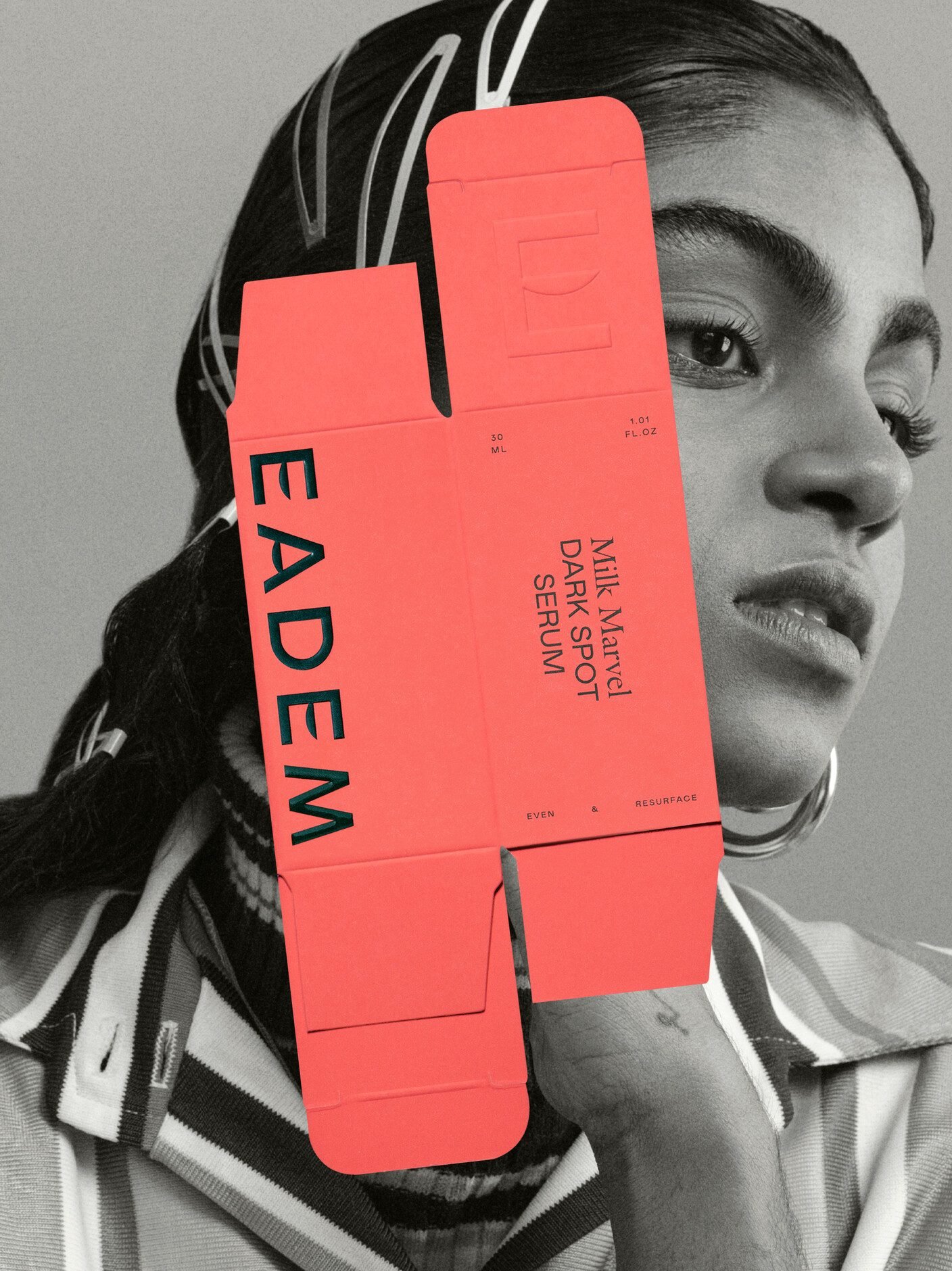If you search the internet, you’ll be hard pressed to find a neat history of women in the world of design. That’s no coincidence, as much of the documentation of women’s achievements has been neglected. But with Women’s History Month well under way, we look to put women in design front and center. While the written history of women in design, particularly in fashion spans back as far as the 1880s, the history of recognizing women in design is unfortunately a much shorter one.
As difficult a pill as it is to swallow, it is a logical outcome of the interaction between the struggles of women in general and the struggles of women in art. The inventing of new names and male personas as a female artist is one natural byproduct of a reckoning with the challenges of women in art. The action is an attempt “...to be taken seriously in a world that trivializes and sexualizes women, and to unpick the gender roles stitched deeply into the fabric of society,” says Frieze.
RELATED: Why There Are So Few Women-Owned Design Agency — & How We Can Fix That
Not only were women being denied due credit, they were limited in the art they could create, being permitted to create within designated spheres deemed sensible for women (e.g., embroidery, homemaking, etc.). Struggling to thrive in the male-dominated design industry has been the theme of women in the 20th and 21st centuries, and it continues to be the resounding challenge. While more than half of undergraduates in design are women, only about 11% are in leadership roles.
So we speak with one such woman in leadership, Anastasia Salazar, Founder and Creative Director of Anastasia Salazar Ltd. in San Francisco, California. Read on as we champion women in design in celebration of women’s history month.
The Struggle
With an extensive history of gender inequality, it’s no surprise that many of the struggles of women in design echo the struggles of women in general. Much of the commonplace language around being “feminine” draws negative connotations in design as well. Salazar notes that she often gets feedback from clients pushing back on “feminine” messaging or design. The difficulty is that everyone defines “feminine” in a slightly different way. “I think most of the time, that means flowery, ornamental, lots of pinks, and pastels, maybe softer, eager messaging,” says Salazar. Because the idea of “feminine” design has come to denote less respect in the design world, this socially constructed hesitation logically follows. “I’ve noticed that I’ve [...] internalized those beliefs myself at times,” says Salazar. “I’m still working to unlearn them.”
Lemons into Lemonade
While the obstacles are vast, women in design past, present, and future find ways to combat them through a sense of community. Coming together with women through communities like Freelancing Females is one way that women support and appreciate each other.
Knowing the facts is helpful as well, with resources such as the AIGA Design Census which provides a big picture of the design industry and helps expose the issues. Simply knowing and exposing the facts are helpful; designers can understand facts like the pay gap and the makeup of women in design in concrete numbers. Reading the stories of historical struggles also provides much needed attention to the obscured stories of women in design.
With only .1% of creative agencies being owned by women, Salazar occupies a lonely space. But with a creative perspective heavily informed by these challenges, Salazar also found a way to channel these challenges into ways to champion women. “One of our core values is to empower women,” says Salazar, who works largely with women-owned businesses and works to amplify their creativity. “I think it’s had a big impact on the direction of my work and the type of work I take on for sure,” she adds.
Rewriting Design Herstory
Although the world is brimming with brilliant women designers, we spotlight some that have caught our attention and the attention of the world.
Louise Fili: As an Italian-American artist based in New York, artist Louise Fili is lauded as a wearer of many hats. As a master of the full gamut of packaging design, calligraphy, packaging design, and branding, Fili’s award-winning achievements have inspired women worldwide. While her packaging designs and logos are widely recognizable, perhaps the most impressive achievement is her moxie. “If you have a problem with me being a woman, then I have a problem with you being my client,” said Fili in an interview with Behance.
Lotta Nieminen: Another highly celebrated artist based in Paris and New York, Lotta Nieminen is recognized for her strikingly minimalist branding, art direction, and graphic design. With a clean, modern look made celebratory with bright colors, Nieminen has worked with clients worldwide. As a Finnish artist who fell in love with New York, she has worked to embrace an American sense of confidence. “This confidence means seeing the strengths in my work, not becoming uncritical or overruling your sense of self-awareness,” said Nieminen in an interview with Finnish Cultural Institute in New York.
Na Kim: Seoul and Berlin-based artist Na Kim celebrates the line between the everyday and art. With thoughtful manipulations of shapes, lines, and colors, Kim’s graphic design is punctuated by the impressive number of awards, exhibitions and other recognitions. Her art dances playfully between structure and whimsy, rules and chance, inspiring many globally. “You have to know about yourself first and then make your own decisions. Otherwise, it is very complicated to create anything,” said Kim in an interview with METAL.
Beyond Limits
While the challenges certainly do and will continue to exist, finding solidarity in other women in design is the way to go. The connections formed within the stories, communities, and art serve as uplifting reminders that there is a place for women in design beyond the beauty standards, gender roles, pay gaps, and other societal obstacles. In fact, Neri Oxman, a highly celebrated artist said that the biggest crisis for designers today is “Empathy.”
Resources
If you’re feeling extra studious, feel free to check out these readings to dive in deeper:
AIGA Eye on Design: On women in design not receiving due credit, and how one book has a different approach.
Hyperallergic: Women in design from 1900 to now.
Fast Company: Books, facts, and exhibits to highlight the achievements of women in design.
Designing Women: Women in design through the 20th century.
Anastasia Salazar Ltd. is an independent design studio for tailored branding and digital designs. Reach out to learn how we can help you fuel growth and maximize your brand’s impact.




